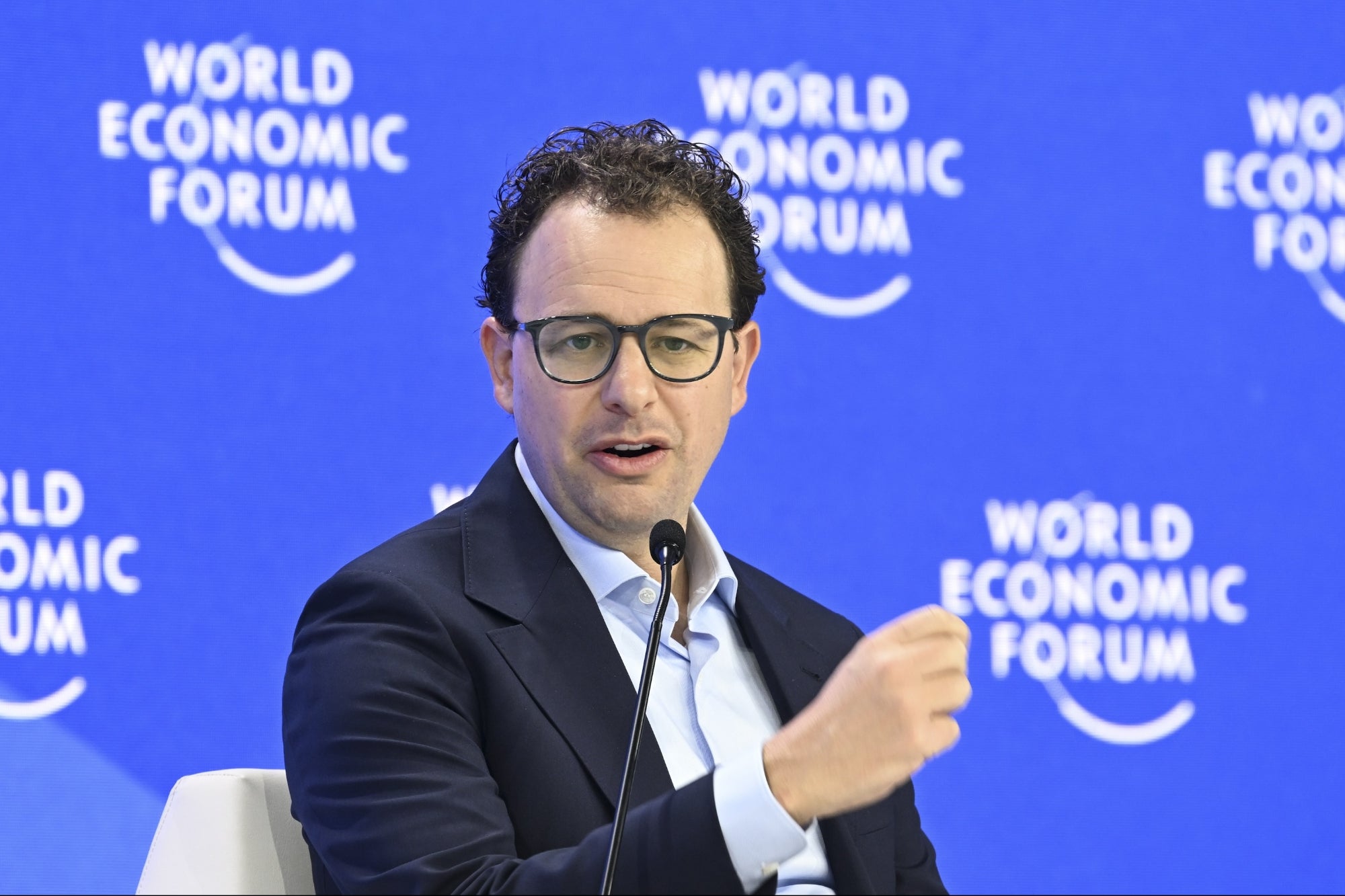How to Make Your First IoT Product a Great One Care in prototyping and planning will help you avoid mistaking hype for traction and prevent your new product from becoming a connected catastrophe.
By Tony Scherba Edited by Dan Bova
Opinions expressed by BIZ Experiences contributors are their own.

The Internet of Things (IoT) is often talked about as some distant future vision. Consumers dream about connected lives; journalists posture about how IoT will change the web; BIZ Experiencess calculate automation's business value.
Related: The Big Change That Could Be Coming to Snapchat
So it may surprise you to learn that 451 Research found in July that 65 percent of enterprises surveyed were already using IoT technologies. By 2020 -- just over three years from now -- Gartner predicts, more than 26 billion connected "things" will be in the public's hands. That's roughly a 30-fold increase over 2009, the year the research agency estimated that 900 million connected products had been produced.
IoT is here, and no longer is it all about connected Christmas ornaments and smart thermostats. The automaker Audi, for instance, recently debuted one of our favorite applications of IoT technology, which it terms "Fit Driver." The system taps into vehicle and biometric sensors to monitor drivers' heart rates, skin temperatures, breathing rates and more.
A cold world for hot tech
While there's reason to be excited about Fit Driver and today's other IoT products, be careful not to mistake hype for traction. Because creating a valuable product is so difficult, somewhere between 25 and 45 percent of all products fail. Lockitron, we're sorry to say, is one such IoT product.
With $2 million in pre-sales, this revolutionary door lock came out swinging. Lockitron promised to eliminate the need for physical keys, to feature a six-month battery life and to offer easy DIY installation.
But hardware hurdles repeatedly put production behind schedule, and once the product was released, customers found that it didn't work as expected. While Lockitron was on to something with connected locking mechanisms, shoddy development shut the door on its success.
The first foray into IoT
So, are IoT products a waste of development dollars? Absolutely not. BIZ Experiencess, startups and basement brainiacs can follow these steps to prevent a connected catastrophe:
1. Prototype relentlessly. Before you sink your savings into full development, invest resources to prototype extensively. As simple as Snapchat's new Spectacles look, the company reportedly has been prototyping them for almost a year. "We're going to take a slow approach to rolling them out," CEO Evan Spiegel told the Wall Street Journal. "It's about us figuring out if it fits into people's lives and seeing how they like it."
Related: 4 Reasons to Be Excited By The 'Internet of Things'
Prototyping is your brand's best route to happy customers. Be sure to test for user desire, the hardware's materials and costs and the product's ease of use. Skipping the prototyping phase locks your company into a product that may fall flat.
2. Don't underestimate production costs. Many Kickstarter projects fail, not because of a bad idea, but because they tend to overpromise with limited resources. The cost to produce hardware at scale often catches BIZ Experiencess off-guard and overwhelms the budget.
Skully, an augmented-reality motorcycle helmet, had many such issues, and its failure bears a great lesson for BIZ Experiencess: Cash runs out faster than you think.
The cost difference between using an Arduino and off-the-shelf parts is vastly different from custom circuitry and a scalable assembly line in Shenzhen. Boosted Boards smartly used many standard drone components to cut its costs so its electric skateboards wouldn't need to be made completely out of custom parts.
The lesson here: Instead of overpromising with hardware, think simple and try to get wins from software.
3. Focus on the software. IoT's allure isn't so much in-your-face tech, but rather its apparent absence of technology. IoT can make products seem seamless. All such IoT devices, however, must somehow connect to a smartphone or the web, and their 10-step setups make users want to quit.
It may take a few tries to create a dependable connection, but no IoT device works without one. When we partnered with Alcatel-Lucent on an IoT product, we experimented with multiple Bluetooth devices for months to get the connection just right. Your software is a big part of the user experience, so make the hardware easy to understand, and use the software to support it.
4. Build to serve, not impress. Don't just assume you can stick a chip in a device and call it IoT: Many have tried, and many have failed. Instead, test assumptions about consumer behavior and create a device that delivers true value.
Don't ask yourself, "What would be super cool to create?" Instead, say, "What do my customers actually need?" Empathy maps are one of our favorite tools to get inside consumers' heads, to pinpoint their needs.
5. User-test everything. Your prototype likely won't charm users, but it's important to put your product into their hands to get feedback early and often. It's easy to become emotionally invested in your work, but don't be afraid to share a product that isn't perfect. The valuable information you'll glean is worth the discomfort.
Test setup and installation, user experience, messaging and design: When we worked with EKM Metering on Encompass, we brought it to test users before releasing to the market. Repeated testing has a price tag, but hardware recalls are much, much costlier.
Related: The 10 Costs You'll Pay to Bring Your Hardware Product to Market
IoT has come a long way since the first connected product -- a toy toaster. Still, all IoT products are a hit, and some are downright flops. If you want to ensure your product joins 2020's 26 billion connected products, then skip the "smart" novelties and build something worth dreaming about.










